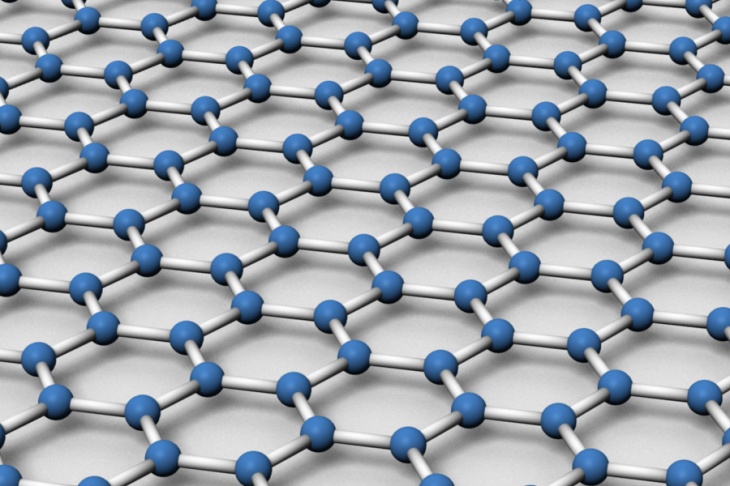
Graphene is one of those materials that will change the field of electronics forever. When we talk about electronics, it all comes down to transistors. Miniaturization of transistors over the period of time has allowed us to improve the computing power. As a result, the computing devices are now faster, smaller and affordable.
However, semiconductor field is struggling to make the transistor even smaller without compromising the efficiency in terms of speed of operation and power consumption. Scientists are working to find a workaround in this situation, since we want better performance from our devices and at the same time we want them to consume low power.
Researchers at the University of Manchester have developed the graphene based transistors in which electrons travel in both ways, over the barrier and under it (by tunneling). It has enabled the transistors to have large differences between its on and off state, which is getting difficult to achieve as we are scaling down the traditional transistors. This allows these graphene-based transistors to switch at low voltages and at higher frequencies.
Read this article to know more details.
